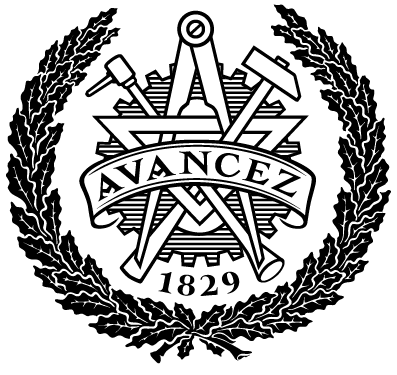Fluid-structure interaction of NASA high speed common research model
| dc.contributor.author | Hueso Carro, Adrià | |
| dc.contributor.department | Chalmers tekniska högskola / Institutionen för mekanik och maritima vetenskaper | sv |
| dc.contributor.examiner | Yao, Huadong | |
| dc.contributor.supervisor | Tatar, Massoud | |
| dc.date.accessioned | 2022-09-29T09:57:36Z | |
| dc.date.available | 2022-09-29T09:57:36Z | |
| dc.date.issued | 2022 | sv |
| dc.date.submitted | 2020 | |
| dc.description.abstract | In recent years, the computational study of fluid-structure interaction has become increasingly important. This is due to the increased demand for more efficient aircraft designs without compromising the integrity of the aircraft. The concept of aeroelasticity is essential to the design process of aircraft to ensure that instabilities leading to a catastrophic scenario do not occur. The interaction between a flexible structure and the aerodynamic forces acting on it is studied in this thesis. Especially, the study is carried out for full-scale aircraft at transonic Mach number. In this critical speed regime, the aeroelastic instabilities might commence. And even more so with the implementation of UHBPR nacelles, which have a great effect on the pressure distribution over the wing surface. The model studied is the Common Research Model developed (CRM) by NASA, available in open source on their website [1]. An initial preparation has been necessary in SolidWorks to repair the CAD and then use it in the CFD tools. For the CFD simulation of the flow, ANSYS Fluent is used. The turbulence model used in the simulations is k-omega SST. ANSYS Mechanical (static structural and transient structural) is used to determine the static and dynamic response of the structure under the pressure loads imposed by the flow. For structural analysis, Finite Element Method (FEM) is used. The CFD and structure solvers are coupled in Workbench through the System Coupling module. Several results are provided: verification of the CRM’s aerodynamics; CRM wing tip deformations (one-way FSI) for the full-scale model and the 1/21 scale model as well as a comparison of the aerodynamic forces between them; flutter deformation and frequency (two-way FSI) for the AGARD445.6 wing (the benchmark case). The study is useful for a better understanding of the CRM behaviour. In this way, a computational model is obtained that can be used for future comparison with wind tunnel experiments. For future work, it would be interesting to take into account the internal structure of the wing and fuselage to obtain more realistic results, although the high computational costs limit this type of study. | sv |
| dc.identifier.coursecode | MMSX30 | sv |
| dc.identifier.uri | https://hdl.handle.net/20.500.12380/305666 | |
| dc.language.iso | eng | sv |
| dc.setspec.uppsok | Technology | |
| dc.subject | aeroelasticity | sv |
| dc.subject | common research model | sv |
| dc.subject | fluid-structure interaction | sv |
| dc.subject | transonic | sv |
| dc.subject | partitioned approach | sv |
| dc.subject | dynamic mesh | sv |
| dc.subject | deformation | sv |
| dc.title | Fluid-structure interaction of NASA high speed common research model | sv |
| dc.type.degree | Examensarbete för masterexamen | sv |
| dc.type.uppsok | H |
